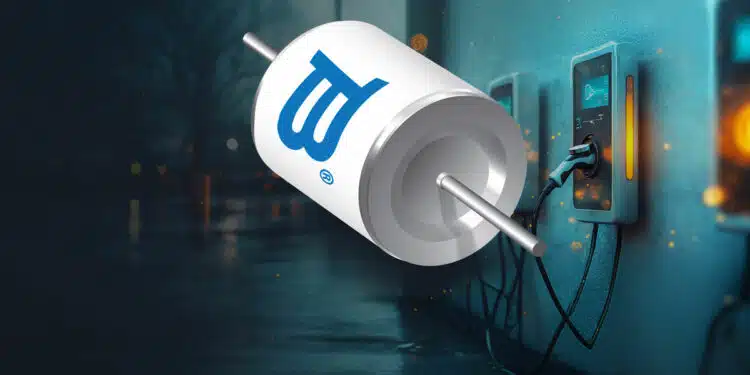Bourns announces AEC-Q200 compliant automotive high voltage GDT Gas Discharge Tubes designed to meet stringent reliability, durability and regulatory standards.
Bourns GDT model SA2-A series boasts a high surge current rating that delivers enhanced electrical performance and robust surge protection for demanding applications.
Bourns, Inc., a leading manufacturer and supplier of electronic components for power, protection, and sensing solutions, announced its Model SA2-A High Voltage Gas Discharge Tube (GDT) Series. This latest addition to Bourns’ broad AEC-Q200 compliant portfolio is engineered to meet the rigorous demands of certain harsh environment applications that require exceptional reliability, durability, and adherence to regulatory standards.
Matching the need for advanced surge protection that addresses the evolving requirements of multiple market applications, the Model SA2-A Series has been evaluated under the stringent AEC-Q200 standard to supply superior electrical performance. These capabilities make the Model SA2-A Series an outstanding high-voltage surge protection components solution for use in a wide variety of harsh environment designs, such as EV charging stations, industrial controls, photovoltaic installations, HVAC, and power supplies. Additionally, Bourns® new GDTs are well-suited for “Protective Earth” (PE) isolation as required by IEC 62368-1 compliant equipment.
The Model SA2-A Series features breakdown voltages from 3000 V to 7200 V, exceptional energy dissipation, and high insulation resistance, along with a wide operating temperature range of -40 °C to +125 °C. These high voltage GDTs are specifically engineered to handle and dissipate high-energy surges, providing crucial protection for sensitive electronic systems against damaging voltage spikes. Designed to deliver maximum durability, the Model SA2-A Series offers highly reliable surge protection throughout the device’s lifecycle, helping to minimize maintenance needs and extend the intervals between replacement.
“The introduction of our new high voltage GDT series is an important expansion of Bourns’ AEC-Q200 compliant portfolio. It not only reinforces our position in meeting high-reliability sector mandates, but also demonstrates Bourns’ ongoing strategic commitment to innovation,” said David Chavarría, GDT/SPD Product Line Manager at Bourns. “This addition also illustrates Bourns’ engineering excellence and long history of circuit protection design expertise in meeting dynamic market requirements for ever-increasing and effective high voltage protection. We remain dedicated to advancing our protection solutions so that we may help extend the reliability of our customers’ systems and support their long-term success.”
Bourns Model SA2-A Series 2-electrode AEC-Q200 compliant GDTs are available now, are RoHS compliant* and UL recognized.
Features
- AEC-Q200 compliant
- 3000 V – 7200 V Breakdown voltages
- -40 °C to +125 °C Operating temperature
- High surge current rating
- High insulation resistance
- Quick response, long service life
- UL recognized
- RoHS compliant*
Applications
- AEC-Q200 compliant applications
- Power supplies
- Medical devices (low to medium risk)
- IEC 62368-1 compliant equipment
- HVAC
- Lighting































